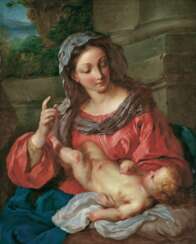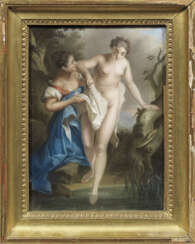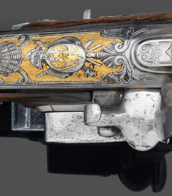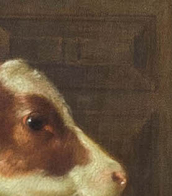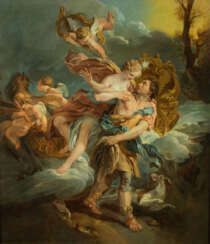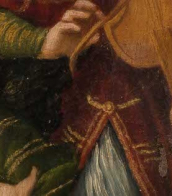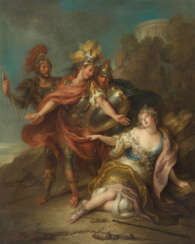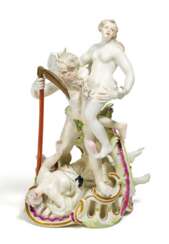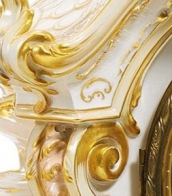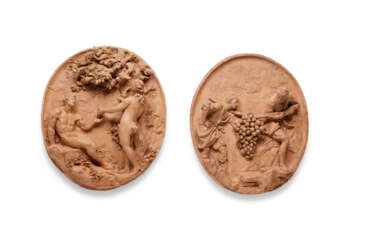françois lemoyne (1688 - 1737)
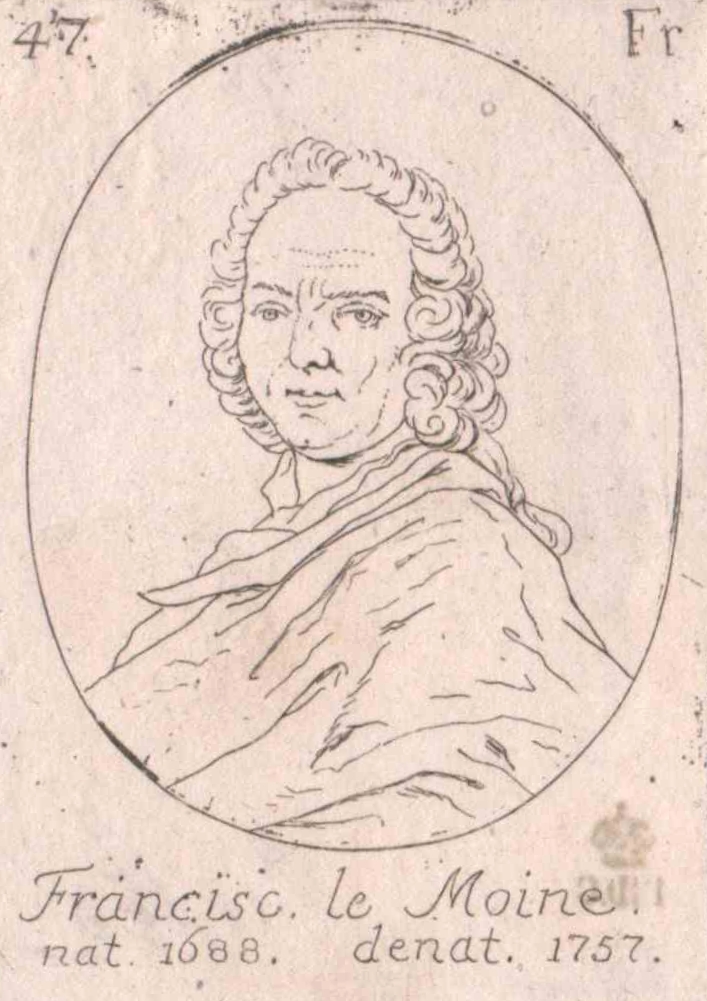
François Lemoyne, a French Rococo painter born in 1688, was renowned for his mastery in history painting and his significant contributions to art during the early 18th century. As a notable figure in the French art scene, Lemoyne aspired to be recognized as the successor to Charles Le Brun and aimed to position himself as the leading painter of his era. His works, particularly those at Versailles, garnered him the admiration of his contemporaries, earning him the epithet "the new Le Brun".
François Lemoyne's artistic journey was marked by his studies in Rome, where he drew inspiration from the works of Old Masters like Raphael, Correggio, and Titian. However, Peter Paul Rubens, with his distinctive use of color, had a profound influence on Lemoyne's style. Throughout his career, Lemoyne's art evolved, showing a stronger Italian influence, notably in his admiration for Paolo Veronese's work.
One of François Lemoyne's significant achievements was winning a royal commission in 1728 to paint the ceiling of the Salon d’Hercule at Versailles, a task he completed with great acclaim from figures like Voltaire and Cardinal Fleury. His appointment as Premier peintre du Roi in 1736 marked the pinnacle of his career. Tragically, in 1737, at the peak of his artistic prowess, Lemoyne committed suicide, a decision attributed to a combination of personal and professional pressures.
For collectors and experts in art and antiques, François Lemoyne's work offers a deep dive into the Rococo era's elegance and grandeur, reflecting the sophisticated tastes of early 18th-century French society. His legacy lives on through his contributions to iconic French landmarks and the mentorship he provided to future artistic talents like François Boucher.
If you're fascinated by the opulent world of Rococo art and wish to delve deeper into the life and masterpieces of François Lemoyne, consider subscribing to our newsletter. You'll receive curated updates on exhibitions, newly discovered works, and exclusive insights into Lemoyne's influence on 18th-century art. Join our community of art enthusiasts and enhance your appreciation of this remarkable artist and his era.
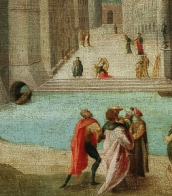
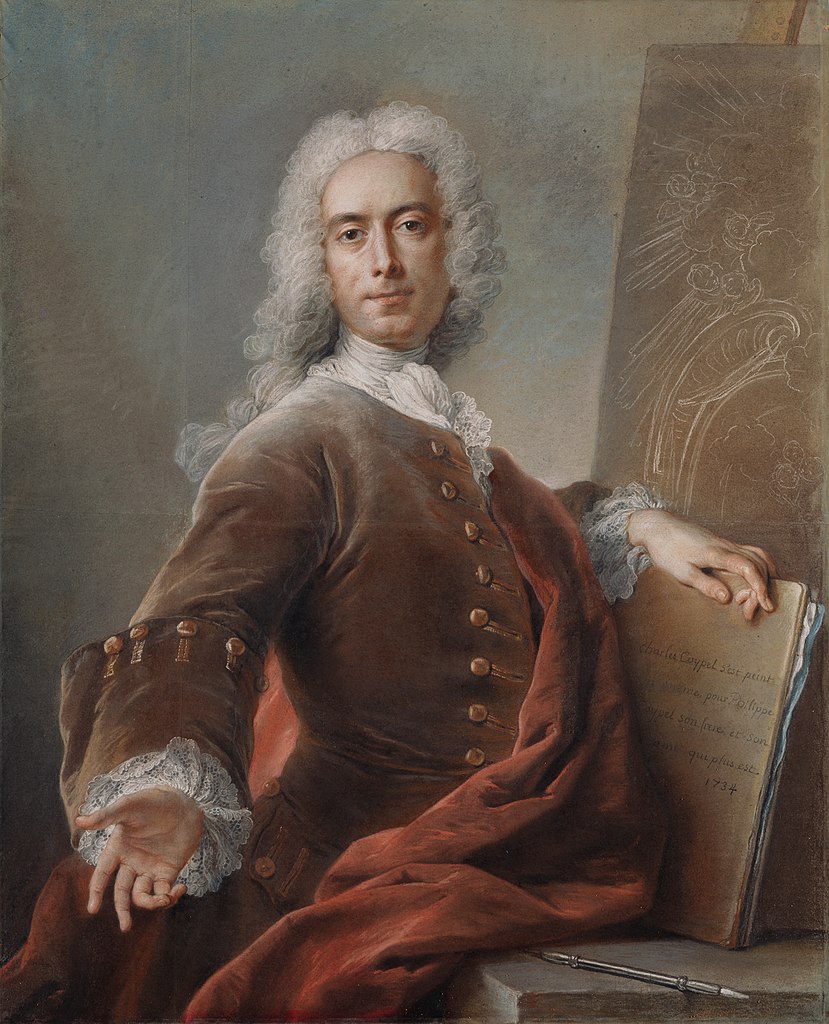
Charles-Antoine Coypel was a multifaceted French Rococo artist, known for his contributions as a painter, designer, playwright, and art critic. Born into a family with a significant artistic legacy, Coypel rose to prominence in the French court, eventually serving as the court painter and the director of the Académie Royale. His work, which often blended dramatic narrative with intricate detail, played a pivotal role in the development of Rococo art in France, reflecting the opulent and expressive tendencies of the period.
Coypel's artistic output includes a range of subjects, from religious themes, as seen in his etching "The Virgin and Child," to theatrical history paintings that convey operatic passions and high drama. His ability to infuse his compositions with emotional depth and narrative complexity, alongside his mastery of the Rococo style's playful and ornamental characteristics, distinguishes his work within the era. Notably, Coypel was also involved in the design of tapestries for the Gobelins Manufactory, illustrating scenes from Miguel de Cervantes's "Don Quixote," which remained influential through the end of the 18th century.
His artworks, such as "The Virgin and Child," showcase not only his technical skill but also his sensitivity to composition and form, contributing to his reputation as one of the leading painters in the French court during the 18th century. Coypel's legacy is preserved in his paintings, etchings, and tapestry designs, which continue to be celebrated for their artistic and historical significance.
For collectors and experts in art and antiques, Charles-Antoine Coypel's work represents an essential connection to the Rococo period's rich cultural and aesthetic traditions. His contributions to French art history, particularly through his role at the Académie Royale and his influence on the development of Rococo style, make his work a valuable study for those interested in the dynamics of French art and culture during the 18th century.
To stay informed about updates related to Charles-Antoine Coypel, including new discoveries, sales, and auction events of his works, consider signing up for updates. This service will provide tailored notifications to enthusiasts and collectors eager to explore and acquire pieces by Coypel, ensuring they remain at the forefront of developments in the field of Rococo art.


